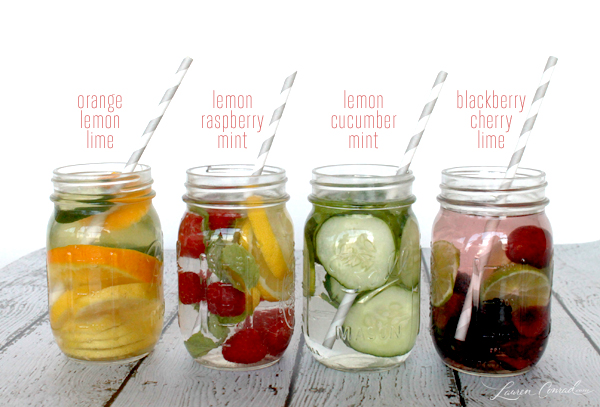College life can be a stressful transition. A full load of classes along with a new roommate, and new environment can take a toll on your body and mind. The following inforgraphic from mindbodygreen.com shows how stress can effect your whole body.
 Now that you know how stress can impact your life here are some helpful tips to managing it throughout your college career.
Now that you know how stress can impact your life here are some helpful tips to managing it throughout your college career.
- Start by getting enough sleep
- You need at least 7 to 8 hours of sleep every night to function properly. Pulling all-nighters won't guarantee you an A. Insufficient sleep can put you at risk for serious illnesses like diabetes, obesity, and depression.
- Eat right
- Eat three good meals a day with healthy snacks in between. A varied colorful diet is the goal (and I don't mean a bag of M&M's or skittles). ChooseMyPlate.gov offers a wealth of knowledge on how you should fix your plate.
- Exercise
- Exercise can be therapeutic and provide you with a much needed escape. Exercise releases endorphins which are chemicals in the brain that act as natural pain killers and improve your ability to sleep (www.adaa.org). From running to yoga to swimming, choose an activity that you enjoy doing. Check out the Campus Rec website at www.sfasu.edu/campusrec/ for more information on how to stay active.
- Avoid Energy Booster
- Energy drinks, caffeine pills and prescription meds may be tempting when you need to wrap up an assignment; however, it's not worth throwing off your body's natural sleep cycle.
- Get Emotional Support
- Choose a trusted friend or family member that you can talk to or seek out professional support. SFA has free counseling services for you to utilize. It is located on the third floor of the Rusk building or call 936-468-2401 to make an appointment.
- Get Involved, but Don't Overload
- Find an organization or join an intramural team that you are passionate about. However, make sure you are giving yourself enough time to complete your assignments, and most importantly taking care of yourself.
- A Little TLC Goes A Long Way
- The Campus Recreation offers massage therapy sessions by a very qualified massage therapist. A 15 minute session is only $12 with sessions going up to 60 minutes for $50. Call 936-468-3507 to make an appointment.
Written by: Becca Blubaugh and Jonathan Gonzalez--2014 Dietetic Interns
References










